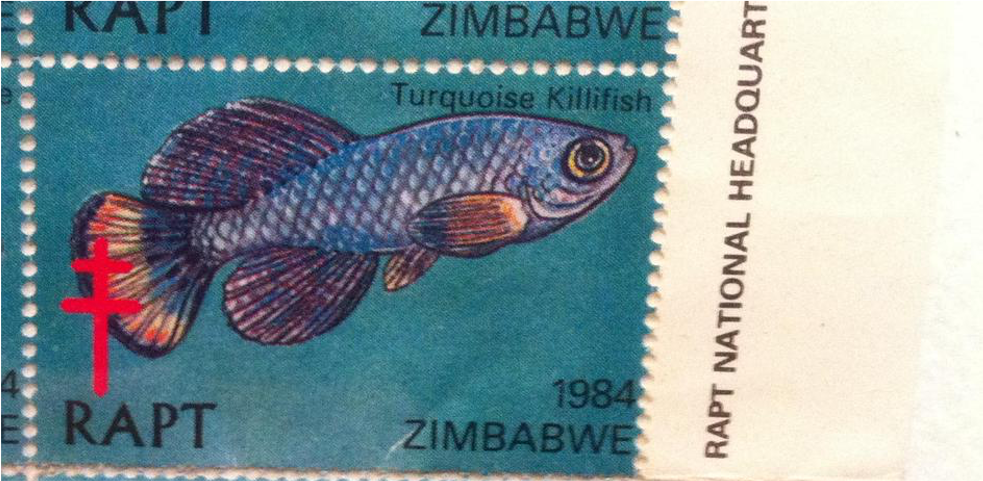
Ongoing projects
Evolutionary Ecology of Ageing
We study biology of aging at two time scales: individual lifespan and
evolution.
The how of aging: We strive to mechanistically describe the changes that occur as individuals transition from being fit adults to more frail and eventually diseased. We explore how genetics and ecology affect aging at individual level.
The why of aging: We study the evolutionary causes underlying lifespan and aging phenotypes of species in nature. We explore how natural selection and neutral evolution contribute to the emergence of genetic variants causing long or short lifespan, slow or rapid aging.
Our work is highly multi-disciplinary and we use a combination of approaches, including molecular biology, comparative genomics, population genetics, computer simulations and experimental interventions.
Microbiome and aging
We explore the complex host-microbiome crosstalk during aging. We study
whether and how hosts select their own microbiome community and how the
microbiome, in turn, affects host phenotypes, including defense from
pathogens, aging and lifespan. We ask
whether commensal microbial taxa evolve into novel strains in the
timescale of host aging and whether microbial evolution in turn
exacerbates systemic aging and pathology.
Immune system
We are interested in the evolution
of the adaptive immune system among closely-related killifish
species in relation to the gain or loss of specific antibody classes,
such as the fish “mucosal” IgZ/T. We study aging in the immune system,
with a focus on clonal B cell
diversity and on the impact of somatic mutations on B cell function.
We investigate the role of adaptive immunity in the establishment of
host-specific commensal microbial consortia and we study how aging of
the immune system affects age-dependent shifts in microbiome
composition.
African killifish
Our lab builds tools
and protocols
that help establish African killifish as a model
of vertebrate aging, in order to fill the gap between experimentally
short-lived invertebrates, such as C. elegans and Drosophila,
and longer-lived vertebrate model organisms, such as mice and naked
mole-rats.
By studying killifish, we seek to understand the molecular, cellular and
physiological changes that occur during aging in vertebrates. We are
broadly interested in the genomic basis for species-specific adaptations
in killifish and we investigate the evolutionary basis for the natural
diversity of adult lifespan across species within this group of fish. To
explore phenotype and genome evolution in killifish, we sequenced and
assembled several killifish genomes, available for anyone to browse on
our killifish genome
browser.

Our main model system for experimental and field work is the African turquoise killifish (Nothobranchius furzeri), the shortest-lived vertebrate species bred in captivity. Turquoise killifish are naturally short-lived and recapitulate several aspects of human aging, including cancer, inflammation and dysbiosis.
Field research
We conduct field research in the Gonarezhou National Park in Zimbabwe, which hosts natural populations of turquoise killifish.

We study killifish in their natural habitat, mapping their distribution, ecology, demography and population genetics.